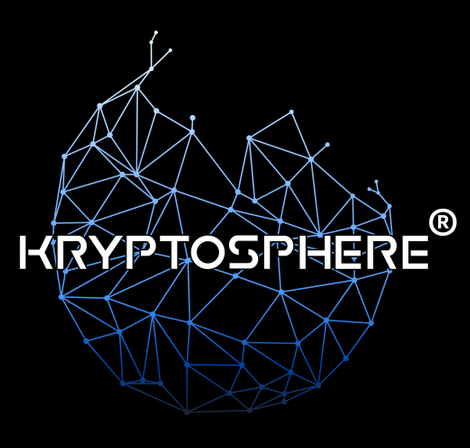
The Hangzhou proposal is set to activate on December 3rd.
One of the new features that the Hangzhou protocols brings is “store flattening”: a new, more performant data schema for the ledger state. As the current schema is becoming a bottleneck in scaling, it was important to migrate that schema to a new version. The new schema improves both the chain’s speed and the stored data’s size. Our benchmarks showed a 78% improvement in I/O and a one third decrease in the size of snapshots! Thus, store flattening should result in a significant positive impact on the performance of the Tezos blockchain.
However, schema migration is an I/O intensive task as it rewrites most of Tezos context, which may take a long time for archive nodes. As a result, the Tezos chain will likely experience a temporary disruption during the Hangzhou activation, as a consequence of an exceptionally longer activation process.
Please remember that we expect full nodes to take approximately 20-30 minutes to complete the upgrade, while archival nodes should take approximately 2-3 hours to complete the upgrade. Services depending on archival nodes (indexers, block explorers) may also experience downtime.
In order to minimise the downtime during activation of Hangzhou, we recommend that full nodes import a snapshot within a 24 hours window from the activation block - that is the end of cycle 427 (~3rd December).
The effects of context flattening have been discussed previously on Tezos Agora and measures have been taken to reduce downtime as far as possible, without introducing unnecessary risks. The explosive growth in overall contract calls and NFTs on Tezos means that the size of context is constantly growing, therefore the pragmatic approach is to perform the migration now in order to minimize such a disruption.
This is a unique situation and by no means representative of the typical Tezos upgrade process which largely enables a seamless transition through changes to the protocol but we believe this change is needed to prepare greater network activity in the future. We expect that the future benefits of such an update will greatly outweigh any downside of a temporary disruption.
.svg)
.svg)


